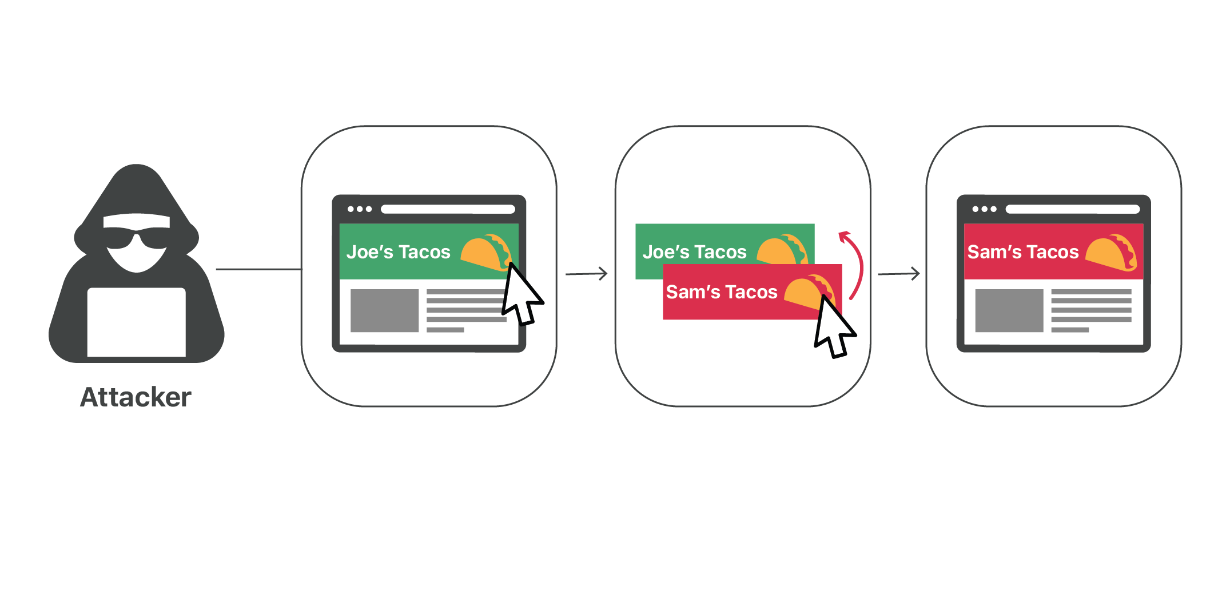
Decoding Blockchain’s Impact on Ad Fraud Prevention
- Post
- August 9, 2023
- Ad Fraud Prevention, Ad Serving Tech, Programmatic Advertising
- 0 Comments
Amidst the evolving digital advertising landscape, a silent revolution is underway. Blockchain, once synonymous with cryptocurrencies, has now emerged as a stalwart guardian against ad fraud. In this intricate dance between technology and security, we explore how Blockchain is reshaping the realm of ad fraud prevention, fortifying the very foundations of online advertising authenticity.
Understanding Ad Fraud: A Modern Nemesis
Ad fraud, the nefarious practice of deceitfully inflating engagement metrics, casts a long shadow over the advertising world. Inflated clicks, fake impressions, and bogus traffic erode trust and erode ad budgets. Traditional solutions often struggle to keep pace with the rapidly mutating tactics of fraudsters.
Blockchain’s Core Strength: Transparency
Blockchain’s inherent trait – transparency – is the cornerstone of its effectiveness in combating ad fraud. The decentralized nature of blockchain ensures that each ad interaction is recorded in an immutable ledger, visible to all stakeholders. This eliminates the shadowy corners where fraudulent activities thrive.
Immutable Records: A Fraudster’s Nightmare
At the heart of blockchain’s potency lies its ability to create unalterable records. Each ad impression, click, or engagement is etched in digital stone, forming an audit trail that fraudsters cannot erase. This verifiable history empowers advertisers to verify the legitimacy of interactions, thereby reducing the scope for fraud.
Smart Contracts: Automating Accountability
Smart contracts, self-executing agreements governed by predefined conditions, are blockchain’s secret weapon. In the realm of ad fraud prevention, smart contracts automatically validate and execute transactions when predetermined criteria are met. This ensures that advertisers pay for genuine engagements only.
Combating Mobile Ad Fraud
As the world tilts towards mobile devices, so does the threat of mobile ad fraud. Blockchain’s impact extends to this arena, employing device recognition and cryptographic authentication to secure mobile ad interactions. The result: a fortified mobile advertising landscape.
Real-Time Vigilance: Immediate Detection
Blockchain’s real-time nature adds another layer of defense. Fraudulent activities are swiftly identified through blockchain’s instantaneous record-keeping, enabling advertisers to take prompt action against any suspicious engagement.
Industry Collaboration: Strength in Unity
The battle against ad fraud transcends individual companies. Blockchain fosters industry-wide collaboration by providing a common framework for data sharing and verification. This unity amplifies the collective defense against fraudsters’ tactics.
Trust Reborn: Consumer and Advertiser Confidence
The ripple effect of blockchain’s impact on ad fraud is felt across the advertising ecosystem. With transparency and accountability as its pillars, blockchain rebuilds trust among consumers and advertisers alike, reinvigorating an industry tarnished by fraudulent practices.
Challenges and Considerations
Despite its promise, blockchain is not without challenges. Its technical complexity, scalability issues, and integration hurdles warrant careful consideration. As adoption grows, addressing these challenges will be pivotal to unlocking blockchain’s full potential in ad fraud prevention.
Final Words
In the quest for authenticity, where trust is currency, Blockchain stands as a sentinel against ad fraud’s relentless advance. By introducing transparency, immutability, and smart automation, it reshapes the digital advertising landscape. With each engagement etched into its secure ledger, blockchain ensures that advertisers and consumers alike can navigate the digital world with renewed confidence and integrity.
Commonly Asked Questions
Q1: Can blockchain prevent all types of ad fraud?
A1: While blockchain greatly reduces fraud, it’s not a silver bullet. Its transparency and accountability mechanisms mitigate many fraud types, but continuous vigilance is still crucial.
Q2: How does blockchain handle the vast amounts of ad data?
A2: Blockchain technology is evolving to handle scalability challenges. Off-chain solutions and improved consensus mechanisms are being explored to accommodate large data volumes.
Q3: Is blockchain adoption widespread in the advertising industry?
A3: Adoption is growing steadily as industry players recognize blockchain’s potential. However, it’s still in its nascent stage, with progressive adoption in various sectors.
Q4: Can blockchain address click fraud effectively?
A4: Yes, blockchain’s transparency and immutability can significantly reduce click fraud. Smart contracts can automate verification, ensuring advertisers only pay for genuine clicks.
Q5: How does blockchain handle privacy concerns in ad interactions?
A5: Blockchain maintains privacy through cryptographic methods. While transactions are public, user identities can remain encrypted, striking a balance between transparency and privacy.




